what you didn't know about paris' métropolitain🇫🇷
a brief history of the most romantic public transportation
Salut! First off, I wanted to give a little update that I’ll be splitting these Fridays Are For France! posts up into 3 separate parts because of my experience last week😂! Basically my post was SO long that Substack wouldn’t let me send it, so I had to edit a lot out😂. While I agree that it definitely needed to be edited down, I also think it was a blessing in disguise, because it made me rethink and pivot. I think 3 shorter posts will be easier for the reader to digest than one long epic essay, n’est pas?
Long story short (again lol):
Today we’ll be exploring a brief and interesting HISTORY of the Paris Métro!
Next week I’ll be sharing all my tips (aka your External Tooklit) and resources for the Métro!
And the week after, I’ll be sharing tips and science-backed tips (aka your Internal Toolkit) for how the Parisian Métro is good for your brain 😌
📸 The Historical Snapshot
In my opinion, the Paris “Métro” (short for Métropolitain) is as big a cultural experience as the Eiffel Tower. From the San Francisco streetcars, to L.A. car culture, every city has a distinct way to commute that influences the way people go about their day to day lives! Although Paris is one of the best walking cities in the world, the Métro is not only convenient, but a great way to get a taste of the local life...and people watch! In fact, as you’ll soon find out, the experience can feel like you’re walking through a museum during your commute. Could Paris get any more dreamy? Sure it can get dirty- it is a giant city after all, but there’s no wonder why so many directors use the Métro in their films; it’s aesthetically gorgeous and instantly recognizable! If you’ve seen Amélie (2001, dir. Jean-Pierre Jeunet), you can agree that in these films, the Métro often feels like a character in itself. So, when did this romantic form of transportation begin?
By the 1890s, technology was advancing, and Paris, a rapidly growing international hub, was in dire need of transport but no one could agree on what to do! In 1900, Paris was to be the host of the Exposition Universelle (World’s Fair), so they were forced to make a decision FAST! Apparently they took a look at London which already had the Tube, Berlin that was building its U-Bahn, and the fact that if they were to build something above ground they would have to pay for land and...voilá! The underground Paris Métro was born! The visionary architect Fulgence Bienvenüe celebrate his work by saying: “By the lightening stolen from Jupiter, the lineage of Prometheus is transported into the depths.”
Originally called the Métropolitain from the name of its operating company: Compagnie du chemin de fer métropolitain de Paris (CMP), the urban train was quickly shortened to “Métro.” Line 1 opened in July 1900 and ran underground from Porte Maillot to Porte de Vincennes! 98 years later, Line 14, the first fully automatic line with no driver opened, and was a major success! As of now, there are 16 lines with about 309 stations. This would probably make Bienvenüe proud, as it was his dream that “no place in Paris would be further than 400m away from a station and no journey would require more than two connections.” Now, as Paris is starting to accept “Greater Paris” (aka the areas just outside the circular “la Périph” border) due to an ever-increasing population, The Greater Paris project began in 2010 and is providing easier access via transit to the centre of the city for people commuting from the outskirts.
Although the famous Art Nouveau-styled (and later Art Deco) Métro entrances designed by artist Hector Guimard are adored today, during the turn of the 20th century they were not so quickly welcomed. Just like the Eiffel Tower was initially critiqued, Parisians thought the green entrances were an eyesore to the city, and that the chosen font was too German-looking and thus un-French. Thankfully for us, 86 of the entrances (some with the beautiful glass coverings!) are still enjoying many photo-ops and have become protected historical monuments.
Now we’ll finish off this snapshot with some quick fun facts you may not know about the Métro:
🎶 Busking is regulated so the performers you hear echoing through the tunnels had to audition and be approved!
👻 There are 16 “ghost stations” ex: ones that aren’t used! They’re either closed, used only for emergencies, or were never completed.
💡 The underground is traditionally tiled in white ceramic for maximum brightness
😵💫 The Abbesses (Montmartre) station has a very deep underground spiral staircase of 300 steps, try not to get dizzy!
🌬️ Not all of the Métro is underground! Some stations are on a risen platform like the Bir-Hakeim stop!
😍 There are many themed stations! This could be a whole other post lol but here are four examples:
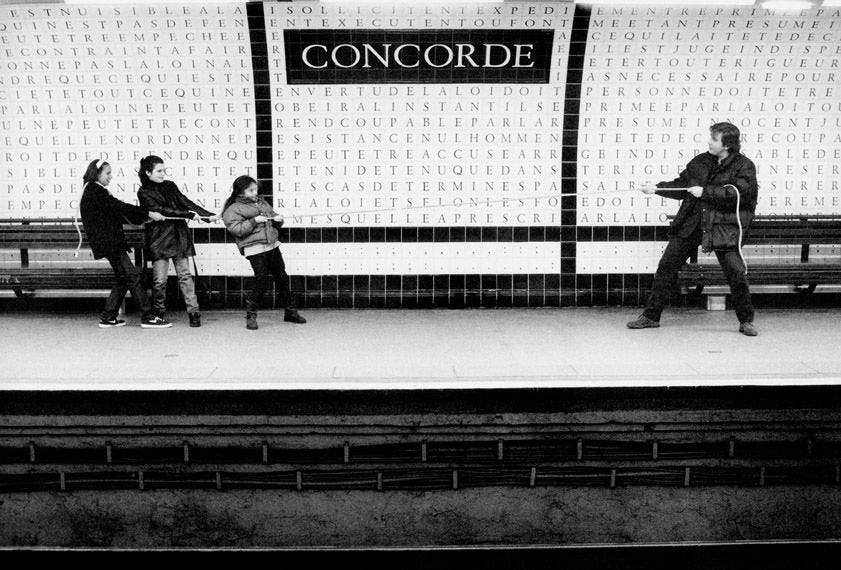
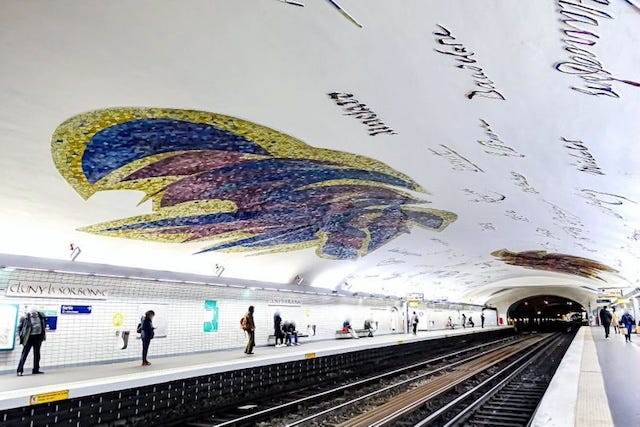
Did you learn anything new? Let me know! Merci beaucoup for reading this far, et à la semaine prochaine when I’ll be giving you all my tips on how to ride the Métro like a local!


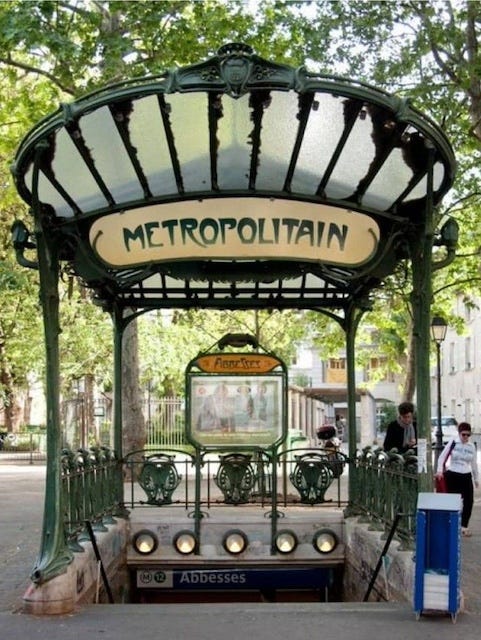

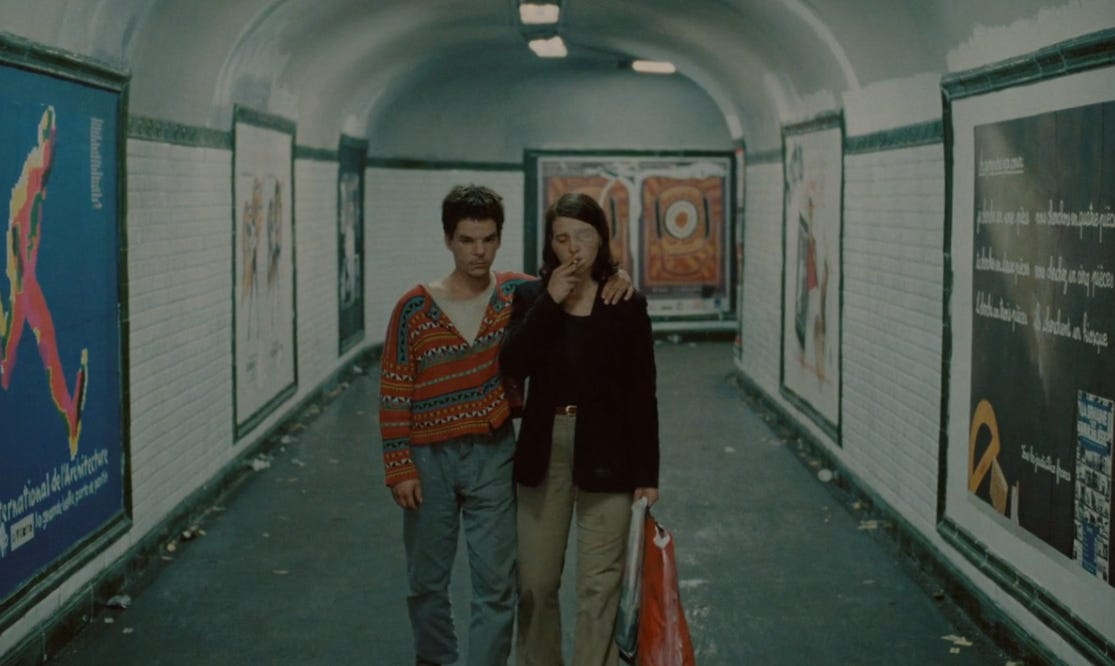
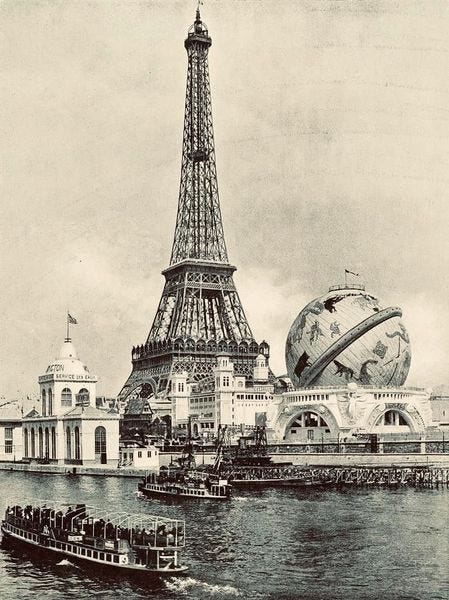
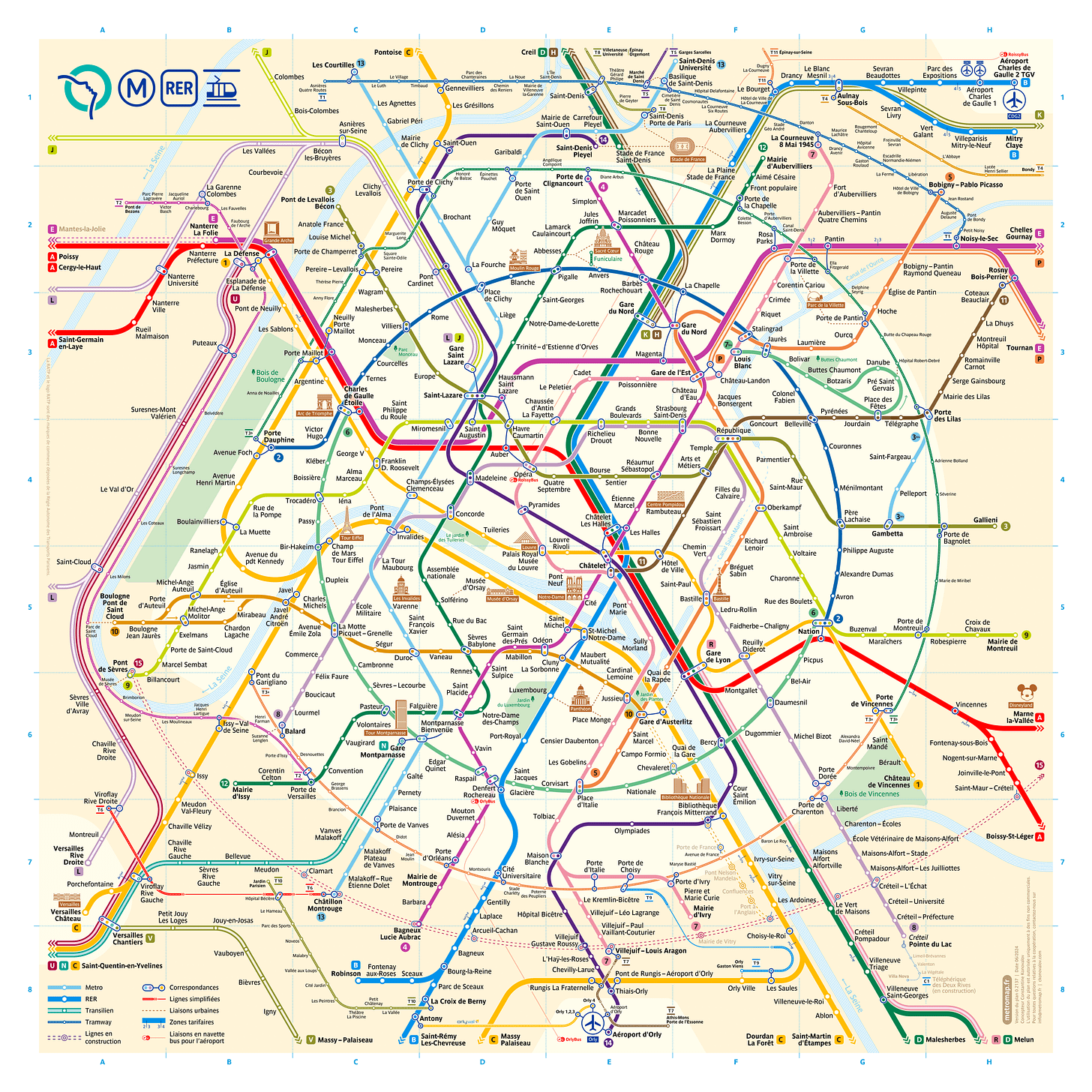


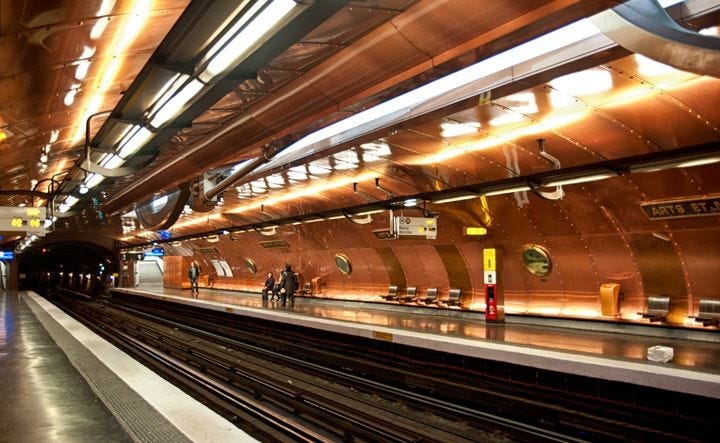
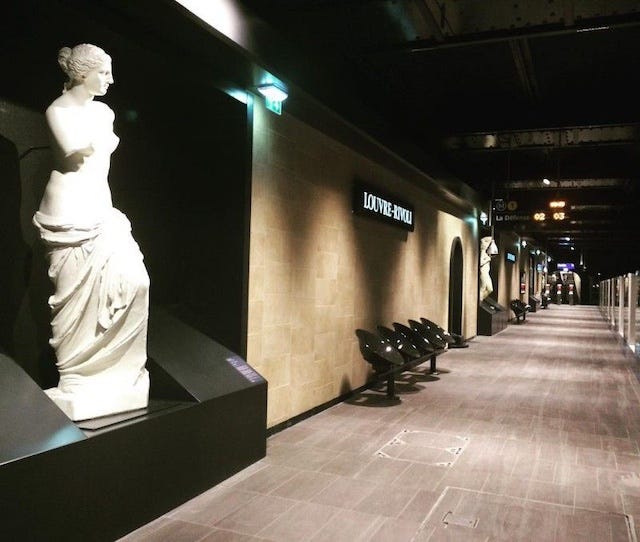
I love discovering all of the beautiful stations! Arts et Métiers is currently my favorite 🥰